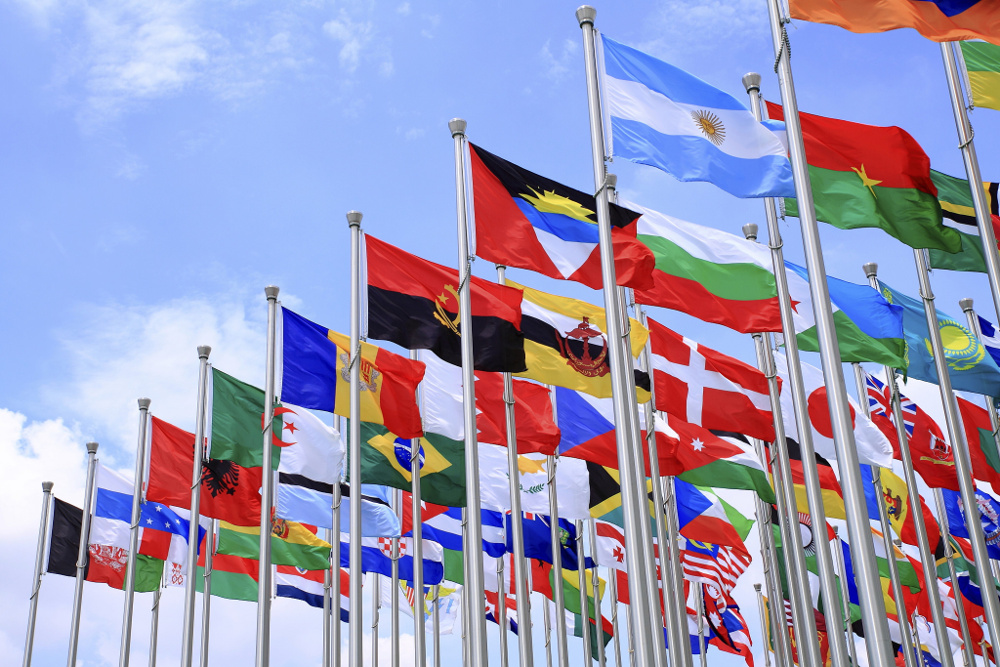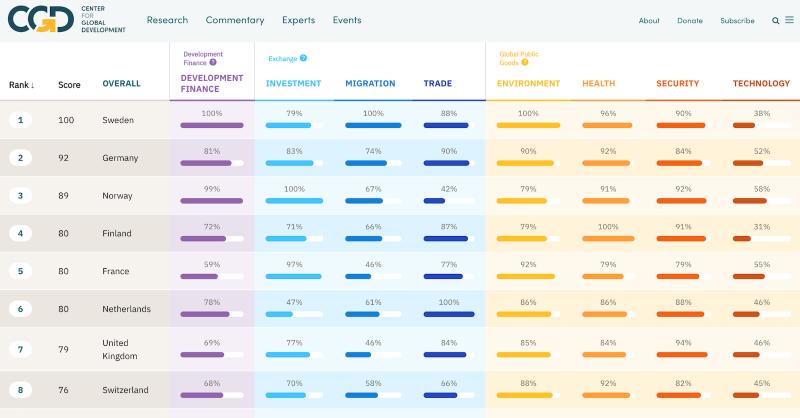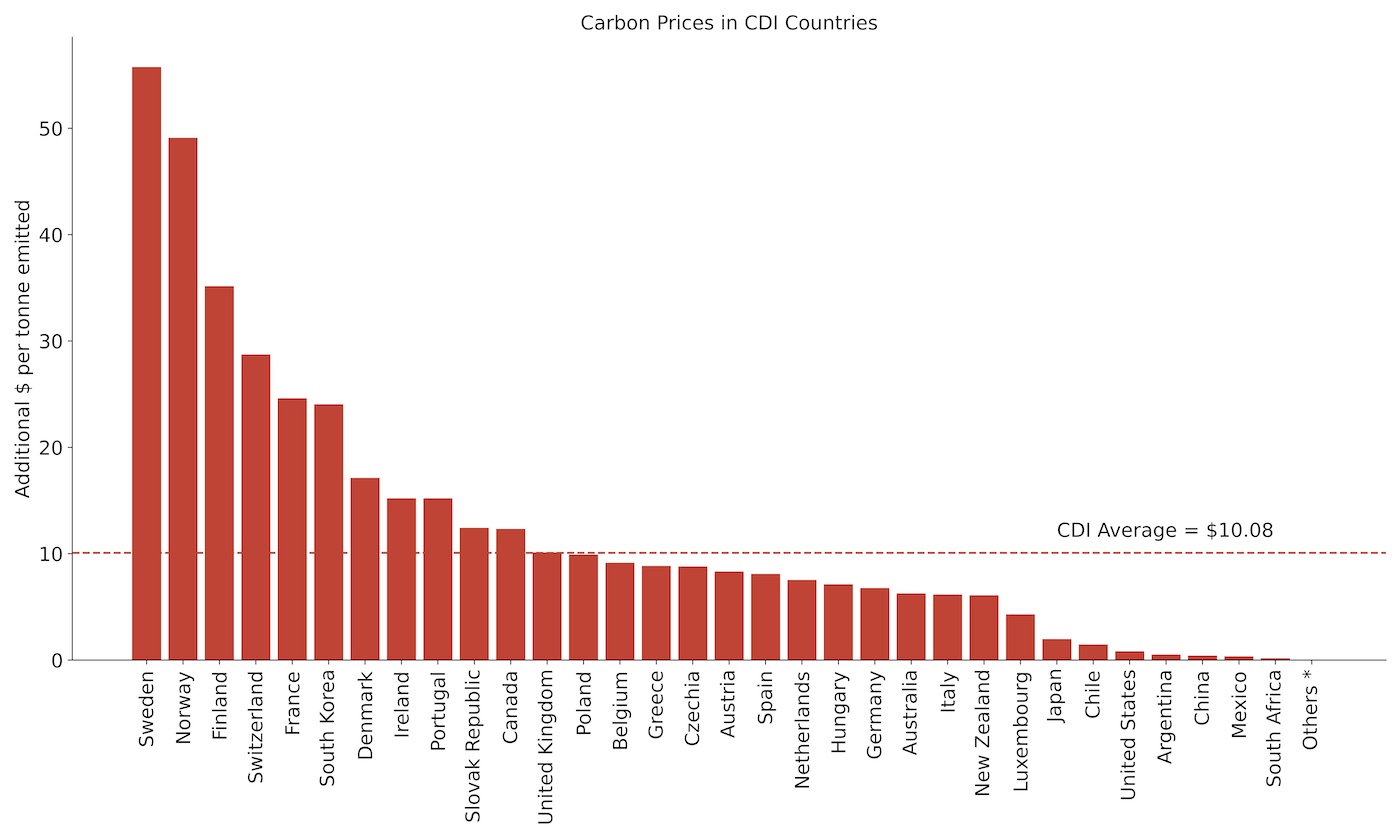September 14, 2006
Japan's Ministry of Foreign Affairs has posted a response to the 2006 Commitment to Development Index. CGD released the fourth annual edition on August 14. Japan still ranks last. The CDI rates 21 rich countries on how "development-friendly" their policies are in seven areas--aid, trade, investment, migration, environment, security, and technology. The Ministry writes:
By using its own method to measure aid effectiveness of each donor and publishing its results, ... a think tank may be able to raise public interests on foreign aid. However, ... this ranking has various problems and has not evaluated fairly developed countries' policies for international development.As the statement notes, one purpose of the CDI is to stoke discussion, so I'm pleased to see it doing just that. And I can understand the consternation about Japan's results. When I visited Tokyo two years ago, I was impressed by how strange the CDI results can be for Japanese, who see their nation as peaceable, generous (the world's largest aid donor until 2000), and central to East Asia's rapid economic growth. Such an index is inherently simplistic and imperfect. Still, I am comfortable with the CDI's verdict. It highlights that Japan is the most inward-oriented of the 21 rated countries, thus least engaged with poor countries. Its barriers to goods and workers from other countries are high, its aid is actually the lowest among the 21 for its economic size, and it contributes little to internationally mandated peacekeeping and military operations.For those wanting to wade into the details, I respond to the criticisms, following the statement's structure:1. The seven components represent all the policy areas we could find that a) are conceptually distinct, b) affect developing countries, and c) are tractable to measurement. The equal weighting of the components is arbitrary, but given the uncertainties about how much each policy area matters, not to mention philosophical imponderables about how to weight one person's emigration opportunity, say, against another's to export rice, we chose equal weighting as minimally arbitrary. See section 1 of the technical paper for more. That the Development Assistance Committee (DAC), an agency primarily dedicated to foreign aid (it recently demoted its program on "policy coherence," meaning policies other than aid) has not reached consensus, nor collects statistics, on questions about the complex effects of non-aid policies does not seem surprising or a very good reason not to include them in the CDI.2. (1) The CDI, unlike the standard Overseas Development Assistance (ODA) figures from the DAC, treats interest received on old aid loans as negative aid. DAC does this for principal payments only. Japan has historically given a lot of aid in the form of loans, and as a result its net transfers to poor countries are now falling as past loans are repaid. If it recycles more loan payments into new aid, rather than keeping them, its aid score will go up.The CDI aid component does count aid to Afghanistan at only 26 cents on the dollar, expressing pessimism that aid can work in a country where law enforcement is weak and corruption high. New this year, it makes an exception in this discounting for aid that is meant to improve governance, such as by monitoring elections or demobilizing soldiers. As a result, for Afghanistan, such aid is counted at a much higher 79 cents on the dollar. Still, these weightings are certainly debatable. There are good arguments both for trying to help Afghanistan and pessimism that we can.The aid component also penalizes the funding of too many small aid projects out of concern that this is overburdening "donor darlings" such as Tanzania and Uganda with meetings and reports. Here too it simplifies a complex issue.The aid component counts both quantity and quality. But quantity (as a share of GDP) appears to vary much more among countries, with Denmark giving 5 times as much as Japan, than quality, so quantity dominates the results. This seems a meaningful reflection of reality.(2) Trade. Similary, rich country trade barriers to non-agricultural goods are generally low (with some exceptions in clothing and textiltes) while barriers are high in agriculture. So even though, in point of fact, agricultural barriers only get 20% of the weight in the measure of trade barriers, they dominate the overall picture. The main reason Japan is last on trade is its 900% tariff on rice, which multiplies by a factor of 10 the consumer price for rice from such countries as Vietnam and Thailand.(3) Environment. Japan is hurt by the fact that its greenhouse gas emissions have grown almost as fast as its economy in the last decade. But its high rating on greenhouse gas emissions per capita (ranked 7 out of 21) helps its CDI score. Other places it loses points are for not signing the U.N. Fisheries Agreement, though that may soon change, and heavy imports of tropical timber.(4) Security. Actually, the CDI does count Japan's contributions to the U.N. peacekeeping budget (we have them at $336 million for 2004). It is missing Japan's military contribution in Afghanistan, though this seems small. The quote from the technical paper here is misleading. The full quote explains that we do not count post-invasion activities in Iraq because that would reward "the United States, and, to a lesser extent, Britain, for spending hugely to continue a 'job' that never won approval from the international community." No doubt there are other governments that question parts of the CDI design!
Disclaimer
CGD blog posts reflect the views of the authors, drawing on prior research and experience in their areas of expertise. CGD is a nonpartisan, independent organization and does not take institutional positions.





